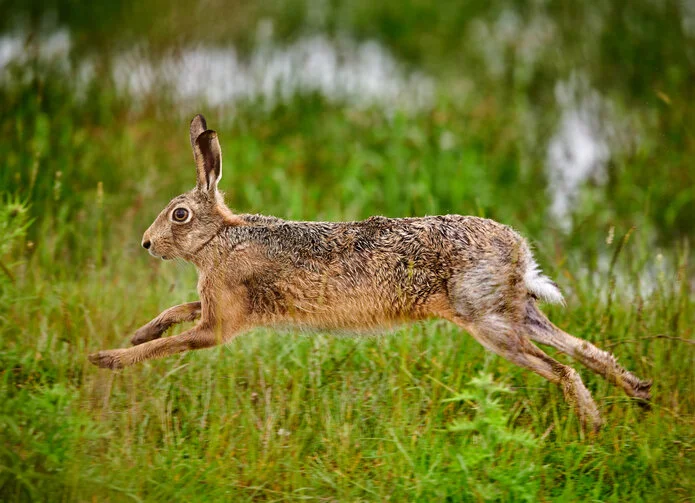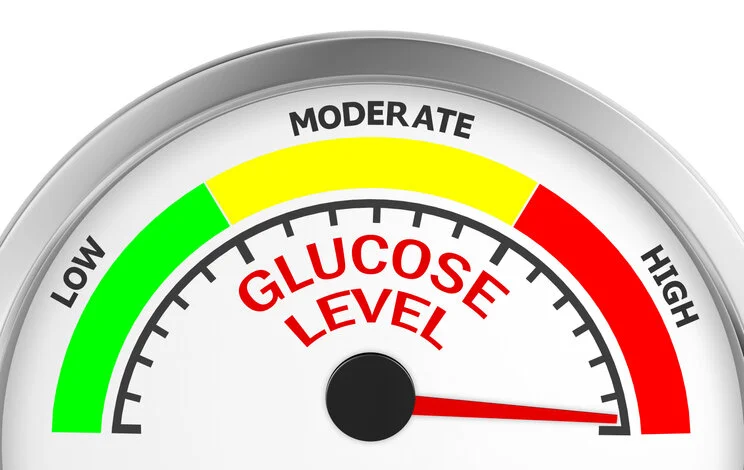Protein, Energy, and My Curious Case of Starvation (Or What Human Evolution and History Taught Me)
Protein is one of the three component macronutrients, the other two being carbohydrate and fat. It is essential for our health, growth, development, reproduction, lactation, and survival. Protein is unique in that our physiology constrains the amount we can consume. Fat and carbohydrates have no such limitations. If we consume more carbs or fat than we need for the day, we will store it as fat (and a small amount of glycogen in our muscles and liver).
The reasons protein is a limiting factor are a bit complicated. For me, it comes down to two main points. The first is that protein breakdown produces ammonia, a toxin that must be reduced to urea and eliminated, which we possess in a limited capacity. The other reason is that protein is a poor source of energy for humans. We only need so much; we cannot store the excess like the other two macronutrients. We can convert it into glucose, but the process results in a net energy loss. I want to focus on this second point later because it is a large part of our dietary legacy as a species.
First, let me give a little background history lesson. Modern humans and our direct ancestors and related hominins, Homo Erectus, the Denisovans, and Homo Neanderthalensis evolved in a different world when we hunted the huge animals that populated much of the earth. They are now extinct as of the last glaciation ten thousand years ago. My area of the U.S. had beavers the size of a modern car, mammoths, mastodons, giant armadillos called glyptodonts, and giant sloths. There used to be a type of elephant called Palaeoloxodon that could have rested its chin on the head of a modern African elephant. There was a hornless rhino named Paraceratherium, which was at least ten times heavier than living rhinos. (1) Humans hunted and consumed them all.
Archeological evidence is overwhelming that humans always preferred to hunt the largest animals. (2) It is not surprising that one of the main reasons scientists give for the mass extinction of these giant animals (called megafauna) is human predation. (3) The larger an animal is, the higher it’s fat content. So for our entire history up until recently, we were able to ingest plenty of protein and fat, with much less carbohydrate than today. Modern humans evolved during the most recent glaciation. Large portions of the globe were much colder, with arctic-like conditions prevailing. Because of the icy weather, plant consumption was limited. Cordain, Eaton and others have concluded that “this high reliance on animal-based foods coupled with the relatively low carbohydrate content of wild plant foods produces universally characteristic macronutrient consumption ratios in which protein is elevated (19–35% of energy) at the expense of carbohydrates (22–40% of energy).” (4)The upper long-term limit of protein consumption is about 35%. Bilsborough and Mann estimated that healthy adults can tolerate a dietary intake of 3.5 grams of protein per kilogram body weight per day without any side effects, including kidney damage, which is falsely reported as an effect of high protein diets. (5) Isotopic analysis of modern human and neanderthal remains have placed them as top-level carnivores.
Since we have a maximum of 35% protein in our diet, the other 65% must come from fat or carbohydrate. Because our ancestors evolved in a time when starch was scarce, we are more adept at fat metabolism and storage, not that we can’t tolerate carbs, just not processed carbs. Both are readily available as energy sources, fat being the preferred storage method.
A problem arose when the megafauna disappeared. We had plenty of smaller game to choose from, and we did just that. The archeological record is replete with evidence that we switched to smaller herbivores like deer. Since smaller game has less fat, we selected the fatter mature adults. We thus were able to keep our protein under 35% while achieving a proper energy requirement from fat and, to a lesser extent, carbohydrate from gathering plants. (6)
When herds of grazing animals become scarce, smaller animals like rabbits can suffice for only short periods. Rabbits and most other small game do not contain enough fat; therefore, a diet based on small game will provide well over 35% protein, which surpasses our long-term limit. Our body will begin to convert some of the excess protein into glucose for energy. For those of you not versed in metabolism, glucose keeps red blood cells and specific neural tissues viable, as they lack the mechanisms to derive energy from fats and ketones. For this reason, we keep our blood glucose generally above 60 milligrams per deciliter. We break glucose down to get ATP, which becomes the actual power source needed for the energy to live. We rely on glycogen stored in our liver to achieve adequate levels. Once the supply runs out, we need to replenish it from our diets. When fat and carbohydrate are missing, as in the case of a diet based on small game, we can produce glucose from the protein we ingest.
Making glucose from protein and fat is a process known as gluconeogenesis. Incidentally, when we are well-fed on fat and carbohydrate, we take the ready-made energy from glucose and liberate its energy in a process called glycolysis. Gluconeogenesis is the opposite of glycolysis. To make glucose, we have to supply energy. Therefore, the process of gluconeogenesis uses up six ATP for each molecule produced. When the glucose is broken down later for energy, we get only two ATP, so there is a net loss of four ATP.
The process of relying on protein alone is unsustainable. Not from toxic levels of protein, rather, from inadequate energy production. It is a miserable condition known as rabbit starvation. I have mentioned the Arctic explorer Vilhjalmur Stefansson in previous posts, who describes it in his book “ The Fat of the Land.”
“The groups that depend on the blubber animals are the most fortunate in the hunting way of life, for they never suffer from fat-hunger. This trouble is worst, so far as North America is concerned, among those forest Indians who depend at times on rabbits, the leanest animal in the North, and who develop the extreme fat-hunger known as rabbit-starvation. Rabbit eaters, if they have no fat from another source—beaver, moose, fish—will develop diarrhea in about a week, with headache, lassitude and vague discomfort. If there are enough rabbits, the people eat till their stomachs are distended; but no matter how much they eat they feel unsatisfied. Some think a man will die sooner if he eats continually of fat-free meat than if he eats nothing, but this is a belief on which sufficient evidence for a decision has not been gathered in the North. Deaths from rabbit-starvation, or from the eating of other skinny meat, are rare; for everyone understands the principle, and any possible preventive steps are naturally taken.” (7) He describes the Inuit tradition of storing seal blubber for times when only lean meat is available, to avoid starving.
Today, we need not concern ourselves with rabbit starvation thanks to modern supermarkets. Despite our current bountiful food supply, I have personally experienced rabbit starvation and would like to share my experience. I found out I have a gluten allergy over fifteen years ago. I turned to Loren Cordain’s first book called “ The Paleo Diet” and quickly adopted it. The book recommended lean meat because the author thought informing his readers to eat animal fat would not go over well due to the unfounded stigma that it is unhealthy to do so. He has since changed his stance, and I continue to recommend his books. Since he also advises avoiding potatoes, I accidentally went low-carb at the same time as low-fat. I started losing weight even though I was lean, to begin with. I lost muscle mass as well. I was always hungry, but I did not have many other symptoms. I corrected the problem by switching to fatty meats when I read “Primal Body Primal Mind” by Nora Gedgaudas. We have since become friends, and I have thanked her many times for helping me turn my health and life around. I recommend all of her books. You can find them here. You can also visit her website here.
Today, I am still on my carnivore diet experiment, and it has been over six months. I keep my fat intake high and eat no carbohydrates other than what comes with meat, eggs, and dairy. I am leaner than ever, but my muscle mass and energy are better than ever. I believe gluconeogenesis is a big part of my success. Burning almost exclusively fat must also be helping. I am eating more calories than in previous years, so reduced calorie intake is not the reason for my success. Nora Gedgaudas would not approve, but the echo of our ancestors calls to me, so I continue with my experiment, and I will post an update on how it is going soon.









